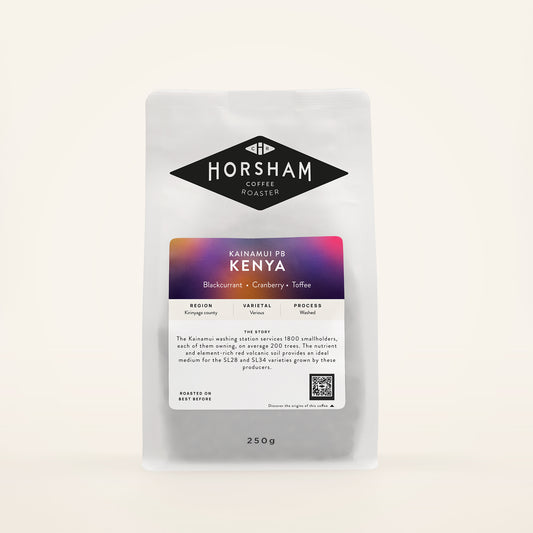
COFFEE FROM
Myanmar
Myanmar, also called Burma, is located in the western portion of main
land Southeast Asia. Myanmar has been growing coffee since the late 1800s, introduced by British colonists. They have been producing speciality grade coffee since 2015.

Overview
Myanmar, also called Burma, is located in the western portion of main
land Southeast Asia. In 1989 the country’s official English name,
which it had held since 1885, was changed from the Union of Burma to
the Union of Myanmar; in the Burmese language the country has been
known as Myanma (more precisely, Mranma Prañ) since the 13th
century. Myanmar has been growing coffee since the late 1800s, introduced
by British colonists. Following Myanmar’s independence in 1948, a
concerted drive to produce coffee occurred much later during the
political reforms of 2011, when agricultural growth was encouraged as
part of the government's opium eradication programme. The
subsequent opening up of its economy led to the increased focus on
coffee as a commercial crop. Specialty coffee production
commenced from 2015, supported by development initiatives from
Winrock Foundation, USAID and CQI, with the first specialty coffees
exported to the USA in 2016 (Atlas) and to the UK in 2017, including
Indochina Coffee’s first shipment

Processing Methods
Coffee producers in Myanmar have been experimenting with and producing, fantastic washed, natural and honey-processed coffees. We've tasted some fantastic examples of all three of these processes.

Flavour Profiles
Myanmar coffee producers grow several varietals, including Red Catuai and SL34, a varietal more commonly found in Kenya. The unique combination of soil type, micro climates, varietals and processing method seems to be creating a very wide range of flavour profiles. The natural processed coffees are juicy, fruity and fully of wild character. The washed coffees showcase wonderful clean flavours and very good acidity.
Explore Recommended Coffee
-
Horsham Coffee Roaster
Coffee of the Month Subscription
Regular price From £10.25Regular priceUnit price / per -
 10% OFFHorsham Coffee Roaster
10% OFFHorsham Coffee RoasterSingle Origin Coffee Selection
Regular price £36.22Regular priceUnit price / per£40.25Sale price £36.22Sale -
 NEWPeach | Lemonade | Red Grape
NEWPeach | Lemonade | Red GrapeDon Eli Geisha Costa Rica | Natural
Regular price From £19.50Regular priceUnit price / per£0.00Sale price From £19.50NEW -
 NEWBlackcurrant | Cranberry | Toffee
NEWBlackcurrant | Cranberry | ToffeeKainamui PB Kenya | Washed
Regular price From £13.50Regular priceUnit price / per



